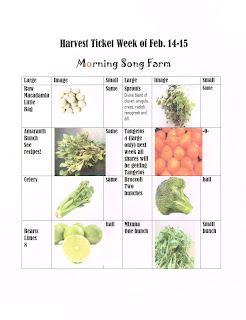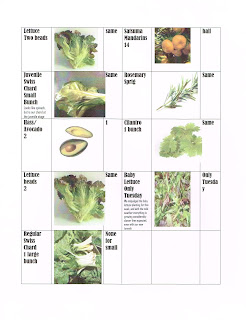
Okay, this doesn’t look much different than spinach or bok choi, but it enjoys some remarkable attributes that its competitors lack. A half cup of cooked greens boasts 300 mg of calcium (Swiss chard has 88 and spinach 93– to offer a comparison.) Cheno is also packed with Vitamin A at 11,600. (With Swiss chard at 6500 and spinach at 8100)
And among the reasons that Cheno has been labeled a “famine plant,” is because it has over 4% protein. Michael Pollan, author and true food advocate, labels Cheno (along with purslane) “two of the most nutritious plants in
the world.” Interstingly enough, the plant is used by Biodynamic farmers to feed the soil. Indiginous people all over the world have cultivated Cheno, and archeologists have reported that there is evidence that the plant has been consumed for thousands of years.
Ancient South Americans developed Chenopodium Quinoa (a very close relative) for its nutritious seed grain, while we North Americans are only now seeing Quinoa in our cutting edge restaurants and cookbooks.
Like Quinoa, when you heat Cheno’s seed pods that this week you’ll find on the stalks, they’ll “pop” a little. Use a very hot skillet with just a dash of a quality olive oil. I let cool for a minute, then tossed in a clove of garlic, sea salt, and shaved some parmmeson cheese onto each serving.
Mr. Pollan, who advocates for Americans eating more wild botanicals,
called lambsquarters and purslane “two of the most nutritious plants in
the world.”







